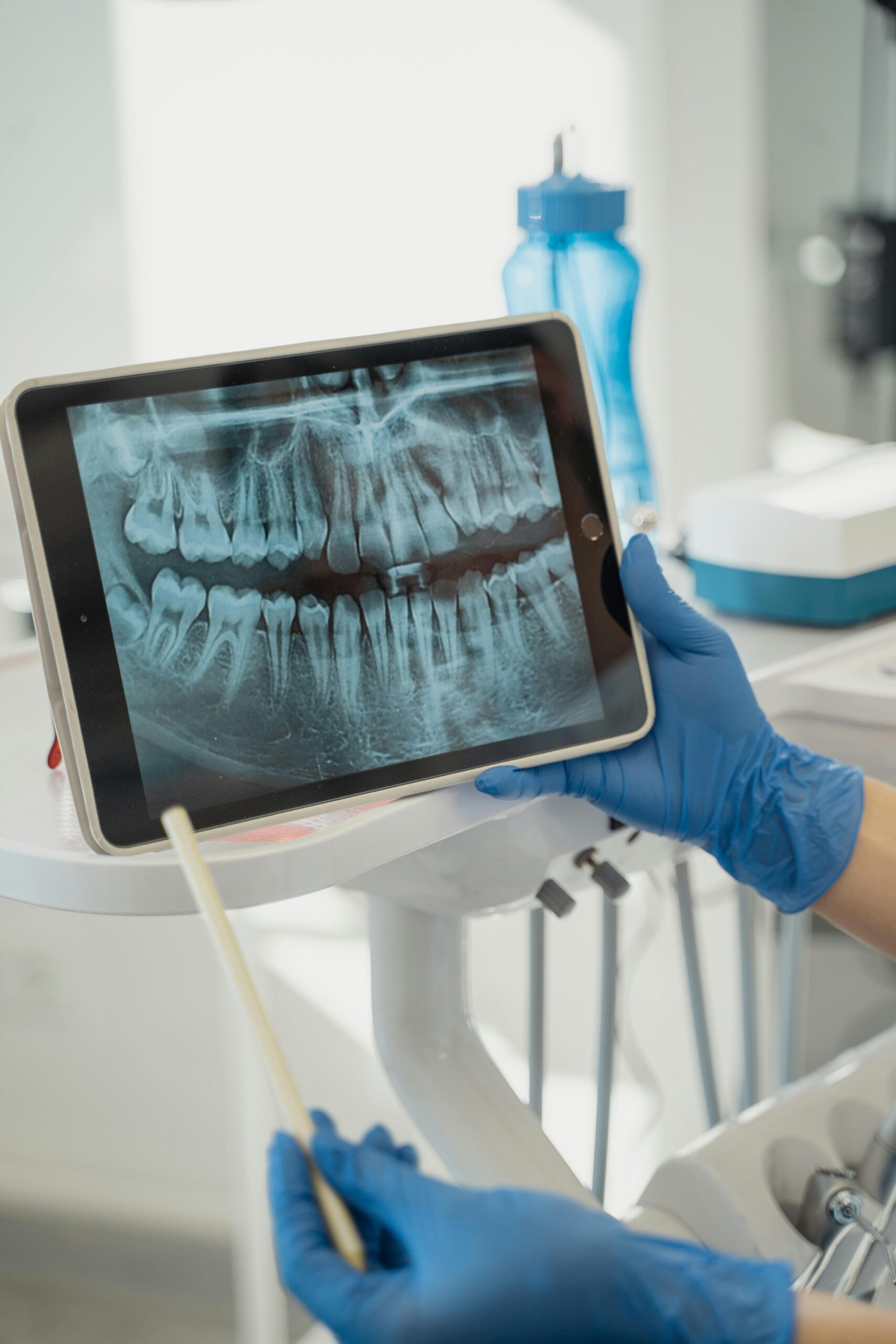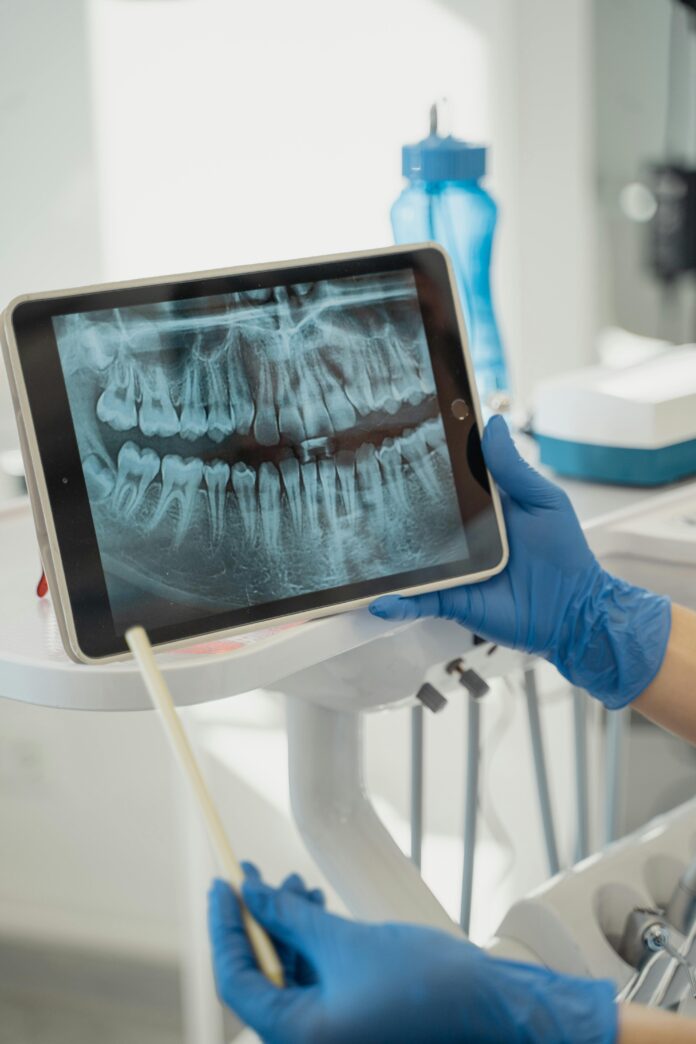Hey there! If you're diving into the world of dentistry or imaging tests, you've probably come across the term CBCT test and pondered, What is CBCT test exactly? Well, you're in the right spot! This article aims to shed light on CBCT tests, focusing on their full form, significance in dental diagnosis, and much more.
Whether you're a patient curious about your upcoming procedure or just someone fascinated by medical imaging, by the end of this read, you'll have a clear understanding of CBCT tests and their pivotal role in diagnosis.
What is a CBCT Test? Unraveling the Basics
Ever found yourself wondering what a CBCT test is? You're not alone. CBCT stands for Cone Beam Computed Tomography.
This high-tech imaging procedure offers a 3D view of your teeth, soft tissues, nerve pathways, and bone in a single scan. Picture it as a super-sophisticated X-ray that takes detailed, three-dimensional images of your dental structures and facial bones.
Unlike traditional X-rays that provide only a 2D picture, a CBCT test gives dental professionals a more comprehensive view without the need to piece together multiple images. This not only enhances diagnostic accuracy but also assists in creating more precise treatment plans.
Whether it's for implant planning, orthodontic diagnosis, or assessing jaw problems, the CBCT test plays a pivotal role in modern dentistry, transforming how dental issues are diagnosed and treated.
CBCT Test Full Form: Deciphering the Acronym
Diving deeper into the what and why of CBCT, the full form – Cone Beam Computed Tomography – unveils a world of precision in dental imaging.
Imagine a cone-shaped X-ray beam revolving around your head; this is exactly how a CBCT scanner operates. It captures data using a cone-shaped beam of radiation, differentiating it from the traditional circular path used in standard CT scans.

This method significantly reduces exposure to radiation, making it a safer option for patients. Moreover, it provides detailed, 3D images in a fraction of the time of conventional CT scans.
This innovation in dental technology helps not only in diagnosis but also in carefully planning treatments such as dental implants, root canals, and orthodontic procedures. Understanding the full form and operation of CBCT sheds light on its capabilities and advantages, emphasizing its importance in contemporary dental care and patient safety.
The Critical Role of CBCT Test in Dental Diagnostics
In the realm of dental diagnostics, the CBCT test has emerged as a game changer.
Its ability to provide 3D images gives dentists a panoramic view of the dental structures, far surpassing the capabilities of traditional 2D X-rays. This leap in technology has revolutionized diagnosis and treatment planning in several key areas of dentistry.
For instance, in implant dentistry, the CBCT test allows for precise implant placement planning, avoiding vital structures such as nerves and sinuses. In orthodontics, it aids in analyzing bone structures and tooth orientation, making treatment more predictable.
Furthermore, for complex root canals, the detailed imagery helps in identifying the number of canals and their configurations. The CBCT test dental applications extend to detecting and evaluating jaw tumors, cysts, and impacted teeth. This comprehensive view ensures a more accurate diagnosis, better treatment outcomes, and ultimately, improved patient care.
Comparing CBCT Test with Conventional Imaging Techniques
When stacked against traditional imaging techniques, the CBCT test shines in its superior diagnostic capabilities. Traditional dental X-rays, while useful, offer limited 2D images that can sometimes require multiple shots from different angles to get the full picture.
This not only increases radiation exposure but can also leave room for diagnostic errors.
In contrast, the CBCT test captures a full circumference of detailed 3D images in a single sweep, reducing radiation dosage and providing a more accurate depiction of dental anatomy. Furthermore, conventional CT scans, though providing 3D images, often involve a higher radiation dose and longer scanning time compared to CBCT.
This makes CBCT a faster, safer, and more efficient option for both dentists and patients, particularly for cases requiring high precision such as dental implant planning and complex surgeries.
Preparing for Your CBCT Test: A Step-by-Step Guide
If you're scheduled for a CBCT test, there's no need to sweat it.

The process is straightforward and requires minimal preparation. Firstly, it's essential to inform your dentist about any health conditions or allergies. On the day of the scan, wear comfortable clothing and leave jewelry and any metal accessories at home to avoid interference with the images.
Prior to the scan, you'll be asked to remove eyeglasses, hearing aids, and any removable dental work. The technician will position you carefully in the scanner, ensuring that the area of interest is precisely targeted.
You'll need to stay still during the scanning process, which typically takes only a few minutes. That's it! The preparation and scanning process is quick, non-invasive, and painless, putting you one step closer to a healthier smile with minimal hassle.
Understanding the Results: Reading Your CBCT Test Report
Once your CBCT test is done, the next step is understanding your results.
Initially, a radiologist or your dentist will review the 3D images for diagnostic purposes. The report typically includes detailed views of the scanned areas, highlighting any abnormalities or critical findings.
It may seem overwhelming at first glance, but your dental professional will walk you through the images and findings, explaining the significance of what has been identified. Key elements often pointed out include the health and structure of your jawbone, the condition of your teeth (including any that are impacted or have yet to erupt), and the status of your gum health.
This detailed information is invaluable, enabling your dentist to devise a tailored treatment plan that addresses your specific dental needs. Understanding your CBCT report is a collaborative process, ensuring that you are fully informed and comfortable with your diagnosis and subsequent treatment proposals.

